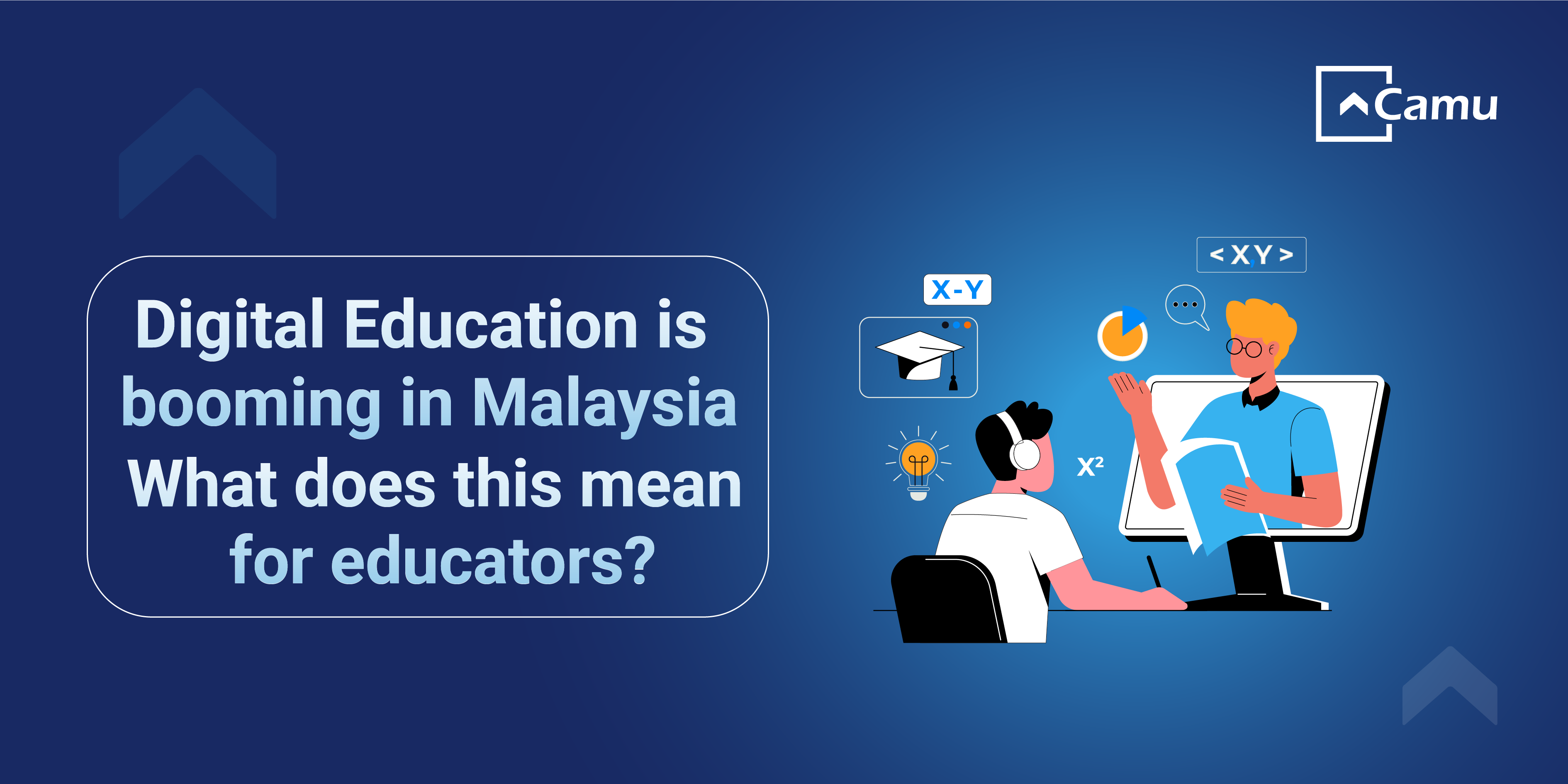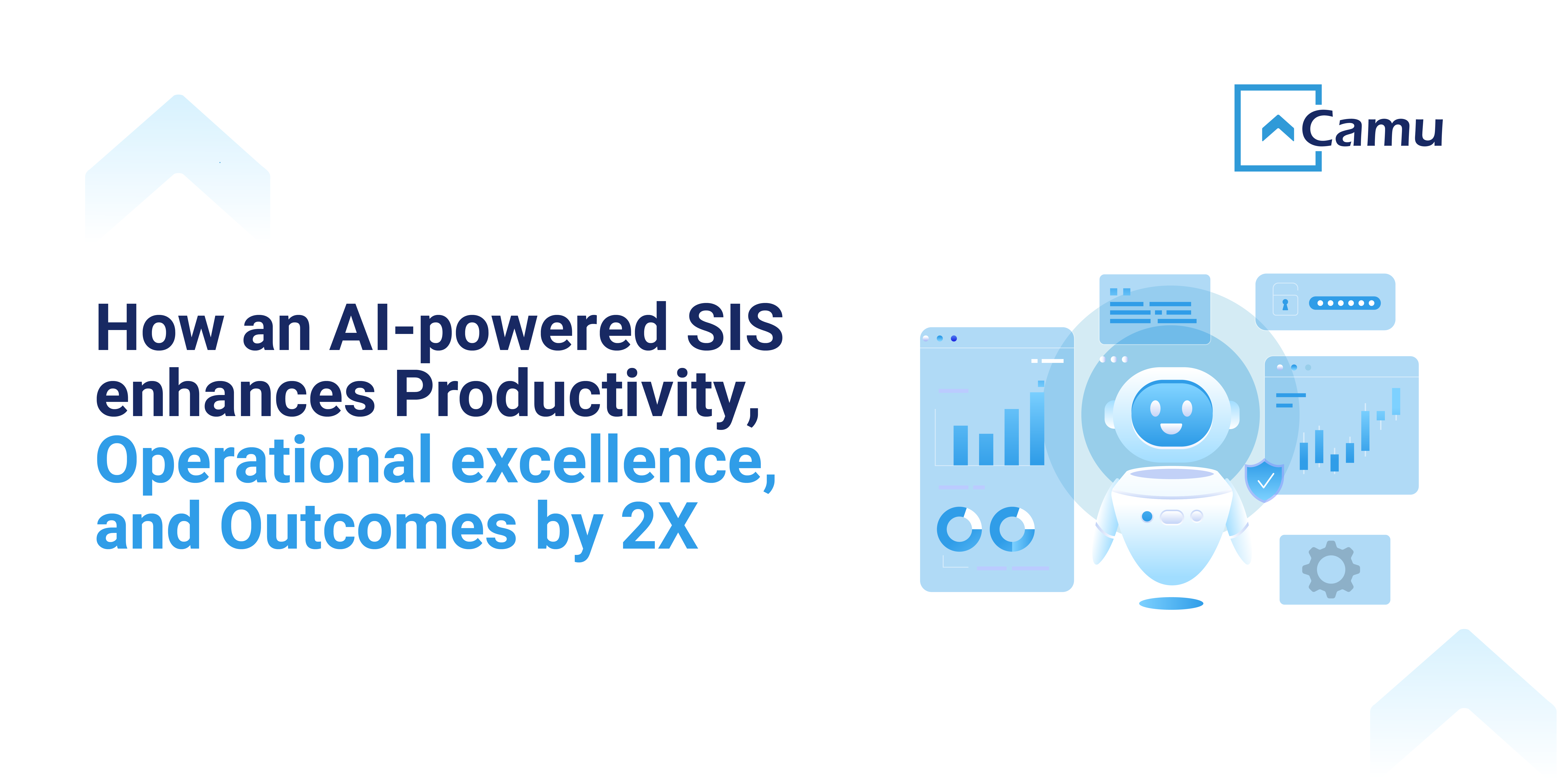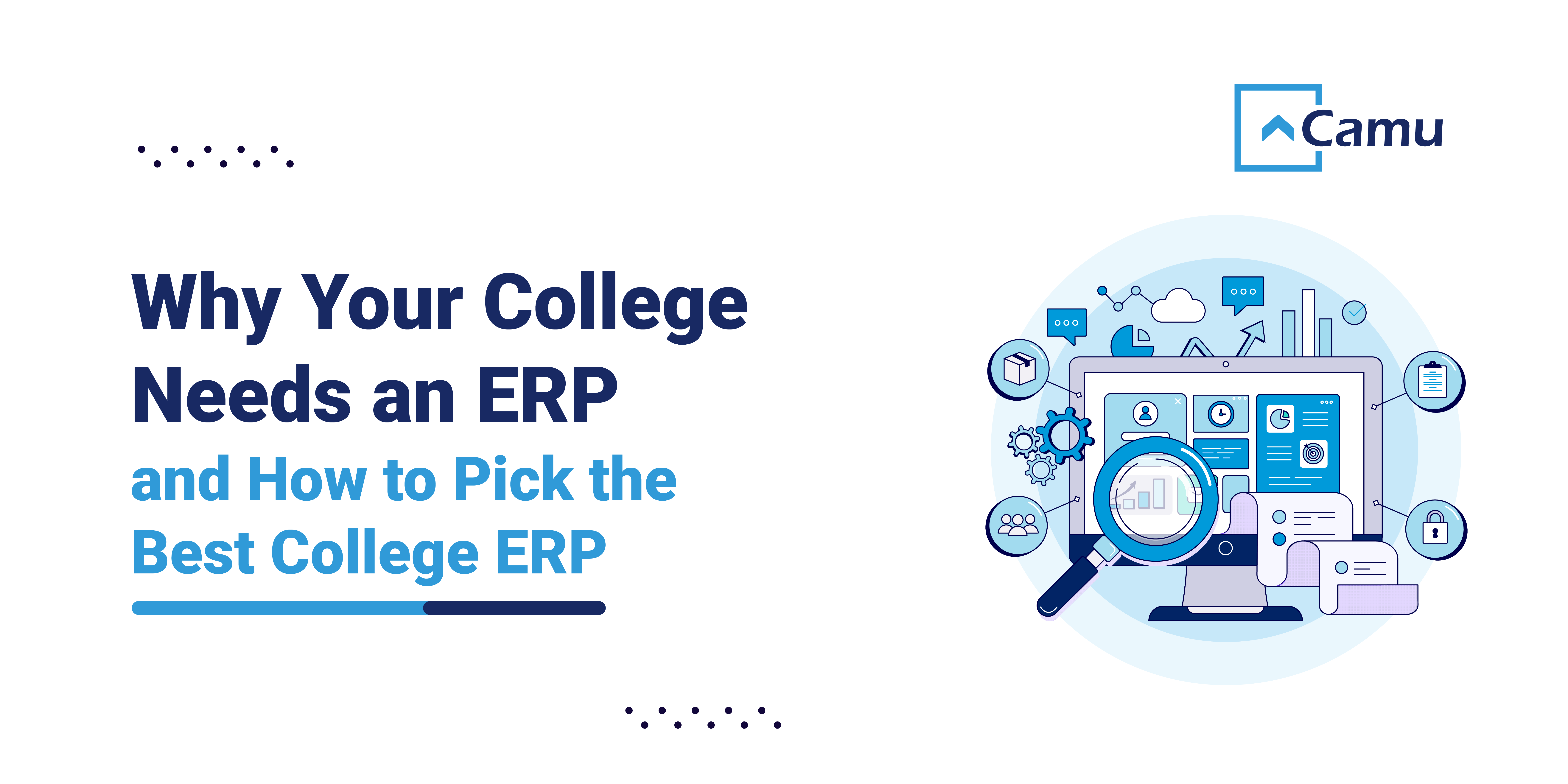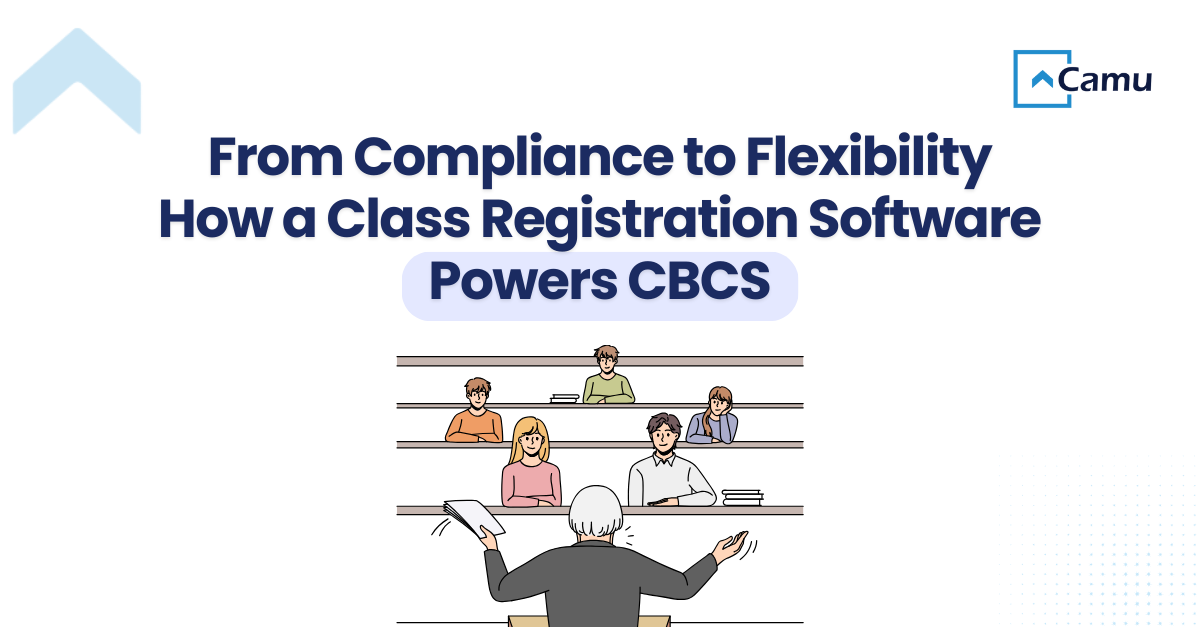Table of Content
Peer Learning in the Digital Age
How EdTech Platforms Support Online Collaboration with Peers
Discussion Forums: A Space for Engagement
Group Assignments and Peer Assessments
How Mobile Apps Enhance Peer Learning
Virtual Labs and Simulations: Immersive Learning Experiences
Future Prospects for Peer Learning in EdTech
Peer learning is a collaborative process where students learn from one another through discussion, feedback, and shared problem-solving. It fosters critical thinking, creativity, and the ability to articulate ideas clearly. Beyond academic growth, peer learning encourages students to develop communication and interpersonal skills, helping them gain confidence and build a deeper understanding of the subject matter.
In today’s rapidly evolving education landscape, peer learning is no longer confined to the physical classroom. The digital age has opened new doors for students to collaborate across boundaries, transforming the learning experience into a more dynamic, interactive process.
Peer Learning in the Digital Age
As education moves toward more flexible and personalized models, the role of peer learning becomes even more significant. In a digital context, peer learning can take place at any time and from any location, eliminating traditional barriers. Students now have access to a wealth of digital tools that make collaboration easy, whether it’s through discussion boards, group projects, or virtual simulations.
However, the key to effective peer learning in this environment lies in the platforms that facilitate this interaction. EdTech solutions play a vital role in ensuring that students can seamlessly collaborate, share resources, and engage in productive discussions that enhance their learning experience.
How EdTech Platforms Support Online Collaboration with Peers
EdTech platforms like Camu Learning Management System (LMS) 2.0 offer a range of features that foster peer learning in a structured, efficient manner. Whether students are engaging in collaborative projects or simply seeking peer feedback, the platform ensures that interactions are smooth and purposeful.
With integrated tools for communication and collaboration, students can easily form study groups, exchange ideas, and provide peer feedback, all within a safe, monitored environment. These digital interactions help simulate the in-person experience, creating opportunities for students to engage in meaningful learning.
Discussion Forums: A Space for Engagement
One of the core features that promote peer learning on EdTech platforms is the discussion forum. Here, students can engage in topic-specific conversations, ask questions, and respond to their peers. This encourages thoughtful interactions, enabling students to learn by explaining concepts to one another and exploring different viewpoints. Discussion forums are particularly beneficial in asynchronous learning environments, where students may be logging in from different time zones or schedules.
Group Assignments and Peer Assessments
Group assignments are another powerful tool for promoting collaboration. Camu facilitates these projects by allowing educators to create virtual groups, assign tasks, and track progress. This approach ensures that students work together to solve problems, share ideas, and learn from each other’s insights.
Moreover, peer assessments provide students with the opportunity to evaluate each other’s work. This not only helps them develop critical thinking skills but also gives them the chance to reflect on their own learning. The feedback from peers can often be as valuable as feedback from instructors, offering different perspectives on the same material.
How Mobile Apps Enhance Peer Learning
Mobile apps like MyCamu take peer learning a step further by making it accessible anytime, anywhere. Students can use their mobile devices to stay connected with their peers, participate in group discussions, and collaborate on assignments, all with a few taps on their screen. This level of accessibility is crucial for today’s learners, who are accustomed to seamless digital experiences.
With MyCamu, students can receive real-time notifications about group activities, ensuring they stay engaged and informed. This constant connectivity fosters a sense of community and shared learning, even outside traditional classroom hours.
Virtual Labs and Simulations: Immersive Learning Experiences
Virtual labs and simulations are becoming increasingly popular as tools for peer learning. By working together in simulated environments, students can conduct experiments, analyze results, and discuss outcomes—all without the constraints of a physical lab.
These immersive learning experiences can be best supported by integrating virtual labs into the digital campus platform. This allows students to collaborate on experiments and simulations in real time, facilitating deeper understanding and practical application of theoretical knowledge.
Future Prospects for Peer Learning in EdTech
The future of peer learning in the digital age looks promising, with continuous advancements in EdTech. Platforms like Camu are evolving to offer even more robust tools for collaboration, including AI-driven feedback systems, personalized learning paths, and enhanced virtual simulations. As technology advances, so too will the opportunities for students to engage in deeper, more meaningful peer learning experiences.
In conclusion, peer learning has always been a cornerstone of effective education, and with the support of modern EdTech platforms like Camu, it is poised to thrive in the digital era. By embracing these tools, institutions can ensure that students continue to benefit from collaborative learning, no matter where they are.





